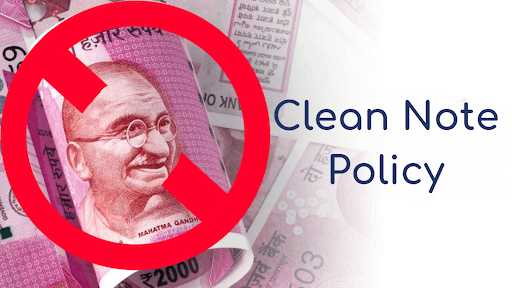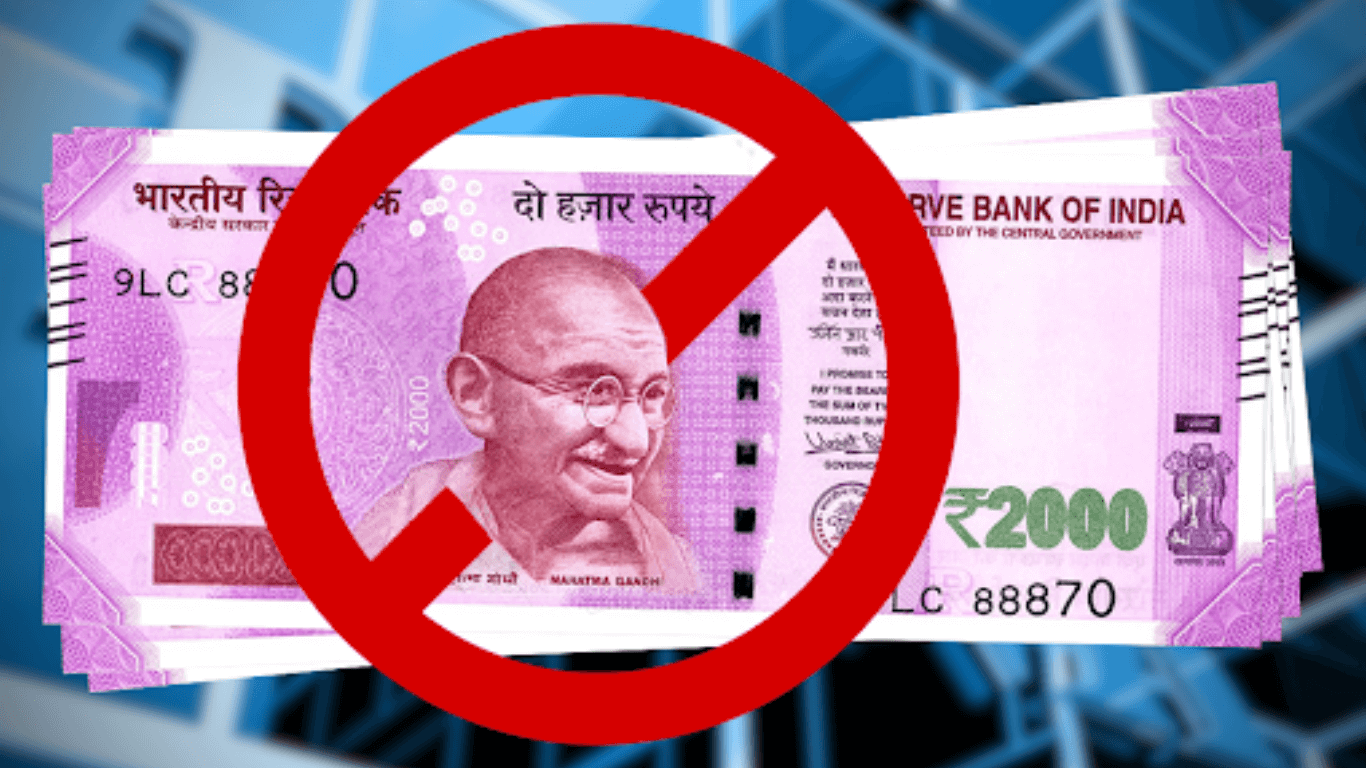Do you see the difference between the 500 and 1000 Rupee note ban in 2016 as compared to the government banning the 2000 Rupee notes just recently?
The RBI has asked banks to stop the issuance of INR 2,000 denomination banknotes with immediate effect.
The Rs 2000 banknote will continue to maintain its legal tender status up to September 30, 2023. Till then, Public can continue to use Rs 2000 banknotes for their transactions and also receive them in payment. Citizens can utilize time up to September 30, 2023 to deposit and/or exchange the INR 2,000 banknotes.
Could there be a repeat of the demonetisation chaos of 2016?
The effects will be temporary, and with the RBI providing clear guidelines and FAQs, there is expected to be reduced panic compared to the time of demonetization
It is unlikely that bank branches will witness chaos and long queues this time. The decision to withdraw Rs 500 and Rs 1000 notes in 2016 that constituted 86% of India’s currency in circulation at that time caused panic as it was announced suddenly, taking the public by surprise.
Unlike that, the printing of Rs 2000 notes was stopped in 2018-19 and these notes are no longer commonly seen with the public, hence the impact of this decision will be significantly less disruptive .
WHY THIS MOVE WAS DONE BY THE RBI
The Rs 2,000 bank note was introduced by the central bank in November 2016 primarily with the objective to meet the currency requirement of the economy after the demonetisation of all Rs 500 and Rs 1,000 banknotes.
The RBI issued about 89% of the Rs 2000 denomination notes prior to March 2017 and the printing of Rs 2000 notes was stopped 3 years prior to the decision being announced.
These notes are now at the end of their estimated lifespan of 4-5 years as this denomination is no longer commonly used for transactions.
Further, there are now adequate quantities of banknotes in other denominations to meet currency requirements of the public, thus eliminating the need for Rs. 2000 notes.
This decision also aligns with the RBI's ' Clean Note Policy 'that aims to eliminate low-velocity notes from circulation. Such measures are quite common in the international monetary system as well.

Exchanging and Depositing Rs 2000 Notes:
The exchange limit for Rs 2000 banknotes is set at Rs 20,000 at a time. Non-account holders can also exchange these banknotes at any bank branch.
Deposits into bank accounts can be made without limitations, subject to compliance with extant Know Your Customer (KYC) norms and other applicable statutory / regulatory requirements.
WHAT WILL BE THE IMPACT ON THE INDIAN ECONOMY
- The impact of withdrawal of 2000 rupees notes will be "very very marginal" on the economy because it accounts for only 10.8% of currency in circulation.
- The withdrawal will not cause disruption "either in normal life or in the economy" as there is an adequate stock of banknotes available in 100 and 500 rupee denominations for individuals heavily reliant on cash transactions
- In the past few years, the scope of digital transactions and e-commerce has expanded significantly. Given the lower circulation of the currency, and the efforts taken by the government and banks to strengthen the digital payment infrastructure, the impact on the economy as a whole will be minimal. To learn more about the digital economy you can visit our website
HOW WILL THIS ACTIVITY AFFECT YOU AS A PERSON AND A BUSINESS
Members of the public can continue to use Rs 2000 banknotes for their transactions and also receive them in payment. However, they are encouraged to deposit and/or exchange these banknotes on or before September 30, 2023.
What happens if someone has a very large number of Rs 2000 notes?
Technically, a person can seek multiple exchanges in packets of Rs 20,000 at a time. However, this is expected to attract the attention of enforcement agencies and the Income-tax Department. Those holding large sums of money in Rs 2000 notes are likely to find it difficult to exchange their money.
Banks have been asked to make arrangements to reduce inconvenience to senior citizens, persons with disabilities, etc., who are keen to exchange or deposit Rs 2000 banknotes.
These were some of the reasons why the RBI has stopped the circulation of Rs. 2000 notes and its consequences. For more blogs like these, check on our website . You should also check out our blog on “ Money Management Hacks ”
Summary for the Blog:
- The Rs 2000 banknote will continue to maintain its legal tender status up to September 30, 2023
- These notes are now at the end of their estimated lifespan of 4-5 years as this denomination is no longer commonly used for transactions.
- The impact of withdrawal of 2000 rupees notes will be "very very marginal" on the economy because it accounts for only 10.8% of currency in circulation.
- The exchange limit for Rs 2000 banknotes at a bank is set at Rs 20,000 at a time.
- This could result in moderation in short-term interest rates and would help to curb black money and corruption.
